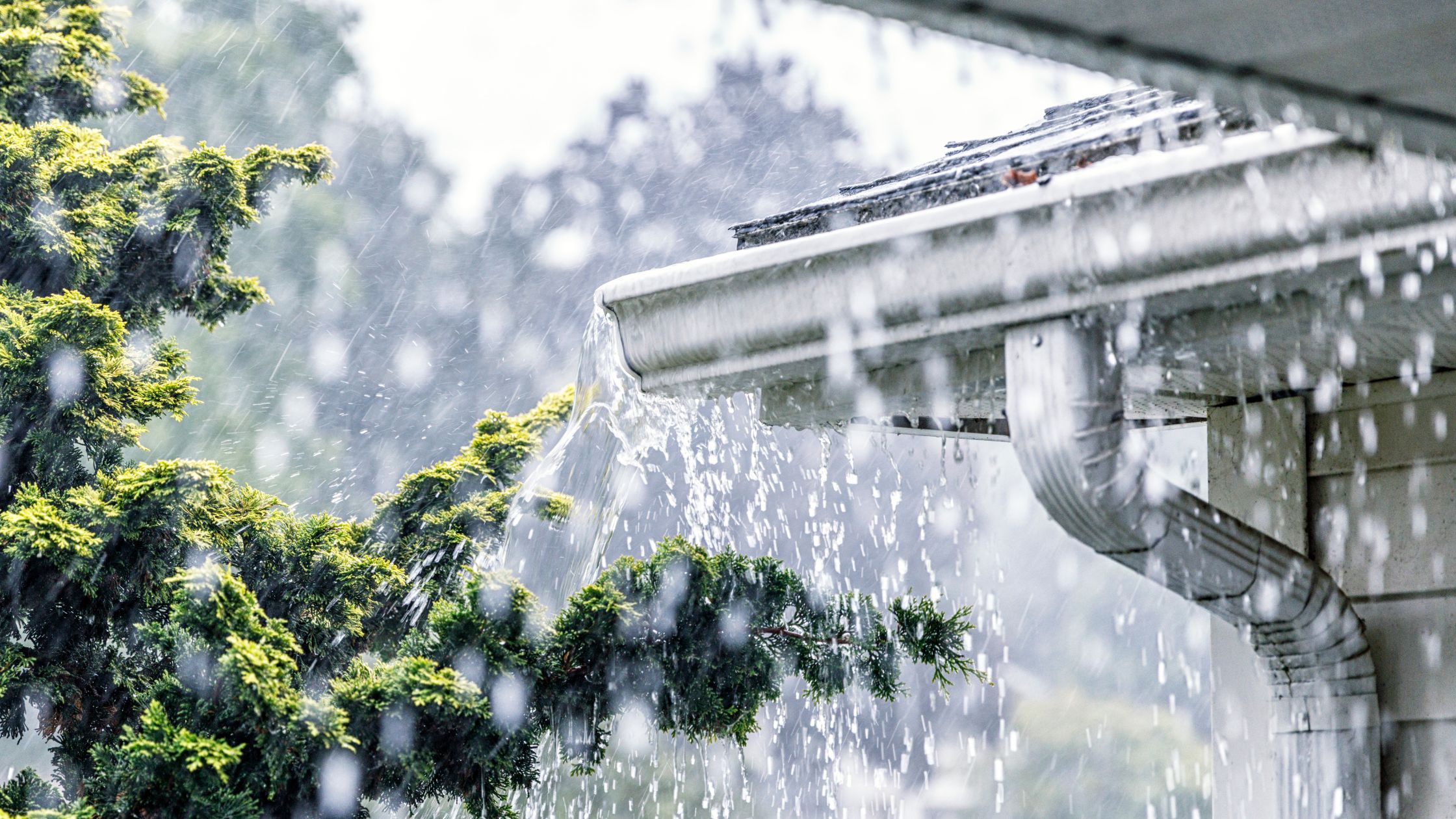5 Signs Its Time for a Gutter Replacement

Protecting a house against water damage is a priority for homeowners, since this kind of harm could lead to costly wall repairs or structural problems in the long run. Therefore, investing in durable and functional gutters can be hugely beneficial in controlling such situations before developing into something serious. However, every homeowner should know that with time even robust gutters wear off; hence determining when it’s time to update them becomes crucial for their durability sake. Accordingly, the article provides an outline on the key indicators signaling when to replace your existing gutter material so as not to compromise on safety standards around domiciles.
1. Cracks, Holes, or Rust
When you identify blatant signs such as visible fractures, punctures, or corrosion on your gutter structure, it could be an indication that you need a replacement soon. Any delay in action could give rise to problems like water seepage damaging your home’s external surfaces and its foundation too. Small damages might receive stop-gap solutions with sealants or patches; nevertheless, major faults might require installing brand-new gutters.
How to Spot Cracks, Holes, or Rust
Performing regular visual inspections on beautiful days can aid in spotting cracks, holes or rust buildup in your gutter system. As such we advise strolling around one’s premises keeping an eye out for any visible indicators of damage. It may also be useful to perform occasional checks after heavy rainfalls as this can contribute towards picking up any potential signs of leakage and accumulated water pooling around one’s property base.
2. Sagging Gutters
Sagging gutters are another sign that it’s time for a gutter replacement. Gutters should be installed at a slight slope to ensure proper water flow. However, over time, the weight of water and debris can cause gutters to sag, affecting their ability to direct water away from your home.
Causes of Sagging Gutters
There are a few factors that may contribute to the sagging of your gutters. Firstly improper installation can lead to sloping issues or inadequate spacing between hangers, which in turn can cause sagging over time. Secondly. If heavy debris like leaves and twigs build up within the gutters. They will add additional weight and further promote sagging. Lastly damaged or missing hangers that offer support and keep your gutters in place can also contribute to their loosening and sagging.
How to Fix Sagging Gutters
When faced with defective rain gutter systems that sag alarmingly from their mounting points, it’s natural for many property owners to feel uncertain about how best to proceed. Fortunately though sometimes relatively simple solutions present themselves; particularly where minor problems have caused sagging such as poorly-placed hangers which need substituting or readjusting. Should these quick fixes fail however and severe drooping remains prominent – investing in an entirely new gutter installation might then become necessary and bring about complete resolution for your water draining needs!
3. Separated Gutters
When it comes to averting water damage around a house, Gutters are a vital aspect that must not be overlooked; made with seamless connections facilitating smooth movement of rainwater through them which shields properties from destruction threats effectively. Environmental factors like rainfall over time weakens these connection points hence allowing separators into gutters causing leaks which may put harms way such things as damaging foundations may occur if regular care is not administered .
How to Identify Separated Gutters
When investigating whether separated gutters have occurred within your gutter system. Performing a thorough visual inspection is advised. During this assessment. Closely assess each section of the gutter system for any gaps or misalignments present. In addition to these checks keep an eye out for signs like water leakage and pooling around your homes’ foundation after heavy rainfall which could signify that separated gutters have taken place within your system.
4. Frequent Clogs and Overflowing
Although it’s normal for gutters to occasionally become clogged, frequently blocked ones and overflowing gutters might require a replacement. Blocked channels may cause water overflow, hence leading to harm on your home’s landscaping, foundation as well as exterior outlook. Additionally, stagnant water together with detritus in choked gutters may result in sagging or other impairments.
Causes of Frequent Clogs
There are a number of factors that can cause your gutters to experience frequent clogs. One possible reason is that your gutters may be too small for the amount of rainfall in your area, which can lead to overflow and clogging on a regular basis.
Another possible issue is improper placement of downspouts, which should be located at the lowest points of your gutter system to facilitate proper water flow. If downspouts are not appropriately positioned water may accumulate in the gutters and cause them to become clogged over time. Lastly trees that are close to your home can also contribute to gutter blockages by shedding leaves, twigs or other debris.
How to Prevent Clogs
To reduce the risk of clogged up gutters that require expensive repairs down the road while also increasing their longevity consider implementing these suggestions:
– Regularly clear out any debris from your gutters: We recommend doing this twice a year preferably during spring and fall. – Install gutter guards: High quality guards can be helpful in stopping leaves, twigs, and other debris from entering your system. Causing backup. – Trim tree branches that overhang your roof regularly: This will help cut down on the amount of litter that ends up inside your gutters.
5. Water Damage or Mold Around Your Home’s Foundation
Upkeeping a solid foundation for one’s abode necessitates attentiveness towards potential indicators of water damage or mold surrounding it. This can point towards inadequacies within gutter systems in terms of guiding precipitation safely away from premises. Neglecting this issue puts you at risk of costly restorations and the threat of future structural instability.
How to Spot Water Damage or Mold
It’s always important to survey the perimeter of your home after experiencing heavy downpours as this can lead to water damage and possibly even molds thriving within cracks and crevices near the foundation. Check for areas where water may be collecting such as low lying spots in your yard next to the foundation. Be conscious also of musty scents and heightened indoor humidity levels found beneath ground level living spaces like basements and crawl spaces which can alert you to excessive condensation leading potentially serious concerns about hazardous health conditions from molds lurking undetected by most homeowners.
Conclusion
Protecting your living abode from potential water harm hinges significantly on ensuring that your gutters are functioning optimally. Hence its crucial that you stay attentive to the tell-tale signs elaborated here and proactively address any issues by making prompt replacements as necessary. In addition. Committing to a regimen of consistent upkeep measures such as periodic cleaning routines and keeping an eye out for visible damages can go a long way towards augmenting the efficacy of your gutter system in preventing runoff related hazards from wreaking havoc on your dwelling place.

In Awe Roofing Limited is an Award-Winning, family owned and operated Vancouver Roofing Contractor with over 17 years of roofing experience. We serve the entire Lower Mainland area, from Whistler to Chilliwack, employing a team of professional staff members. Our team has won numerous awards including Best of Homestars for the last five years, and Three Best Rated six years in a row. Learn more






















